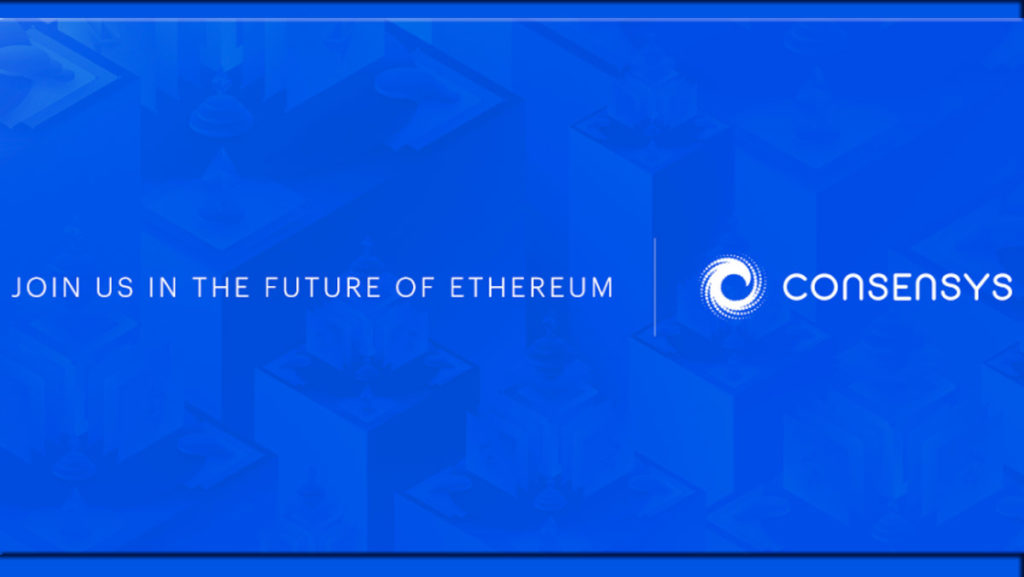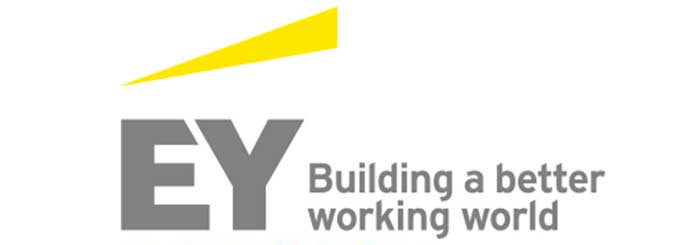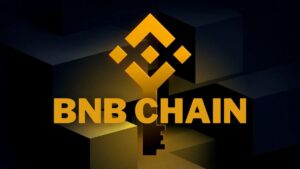Leading Ethereum development studio ConsenSys and EY, a member firm of Ernst & Young Global Limited, has announced the formation of Baseline Protocol in collaboration with Microsoft to support enterprise business on public Ethereum Blockchain.
ConsenSys made the announcement in a press release published Wednesday, March 4. According to ConsenSys, Baseline Protocol is “a new package of public domain blockchain tools that will allow enterprises to build and deploy procurement and other business processes securely and privately on the public Ethereum blockchain.”
The project has already brought together 14 companies and organizations that will form its technical steering committee (TSC). This TSC, beside ConsenSys, EY, and Microsoft, will include AMD, ChainLink, Core Convergence, Duke University, Envision Blockchain, MakerDAO, Neocova, Splunk, Unbright, Provide, and W3BCLOUD.
This is an open source initiative that brings together advances in cryptography, messaging, and blockchain to deliver secure and private business processes at low cost via the public Ethereum Mainnet. The protocol meets the demands of businesses using blockchain technology that includes privacy, permission, and performance. It uses Ethereum mainnet as common frame of reference and enables “confidential and complex collaboration between enterprises without leaving any sensitive data on-chain.”
The Ethereum-Oasis Project, managed by OASIS and funded by the Ethereum Foundation and the Enterprise Ethereum Alliance, will preside over the working of the Baseline Protocol.
According to ConsenSys, they and Microsoft also launched public Ethereum-based supply chain project codenamed Radish34 that enabled real-time volume discount calculation across a series of purchase orders. These efforts led the firms to the creation of Baseline Protocol which is completely a new a way of using blockchain tech for businesses.
John Wolpert, Group Executive for Enterprise Mainnet at ConsenSys, commented:
“A lot of people think of blockchains as the place to record transactions. But what if we thought of the Mainnet as middleware? This approach takes advantage of what the Mainnet is good at while avoiding what it’s not good at.”
Paul Brody, EY Global Blockchain leader commented:
“Over the last two years, we have been advancing the state of the art for private, secure transactions on public blockchains. This takes the groundwork we have built and starts filling in gaps such as enterprise directories and private business logic, so companies will be able to run end-to-end processes like procurement with strong security.”
Code was made available to early group of testers and 14 founding companies to further develop Baseline Protocol yesterday and will be available to general public in coming days.











